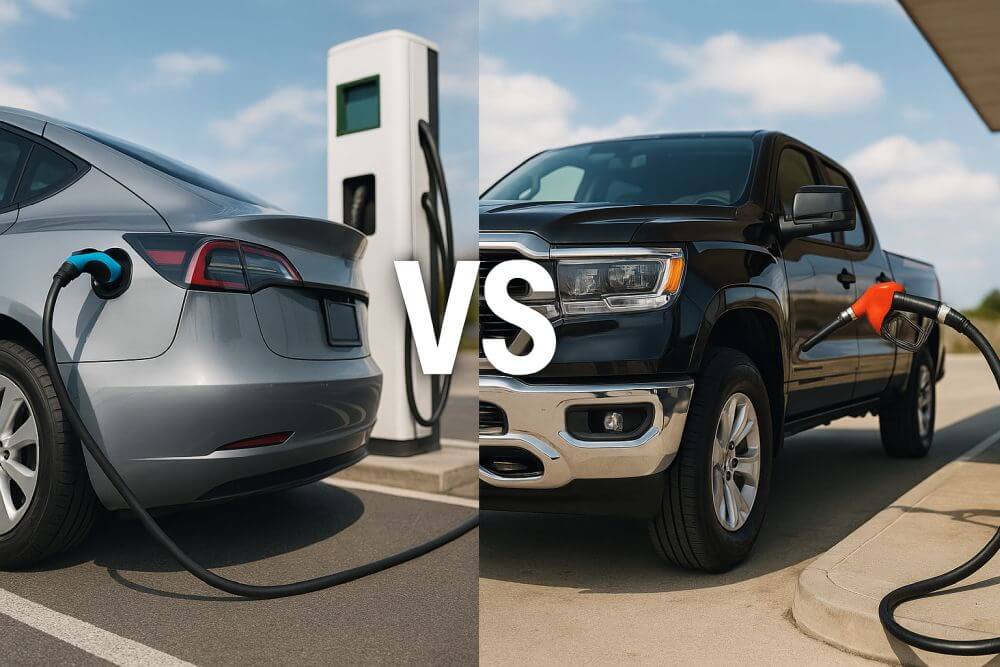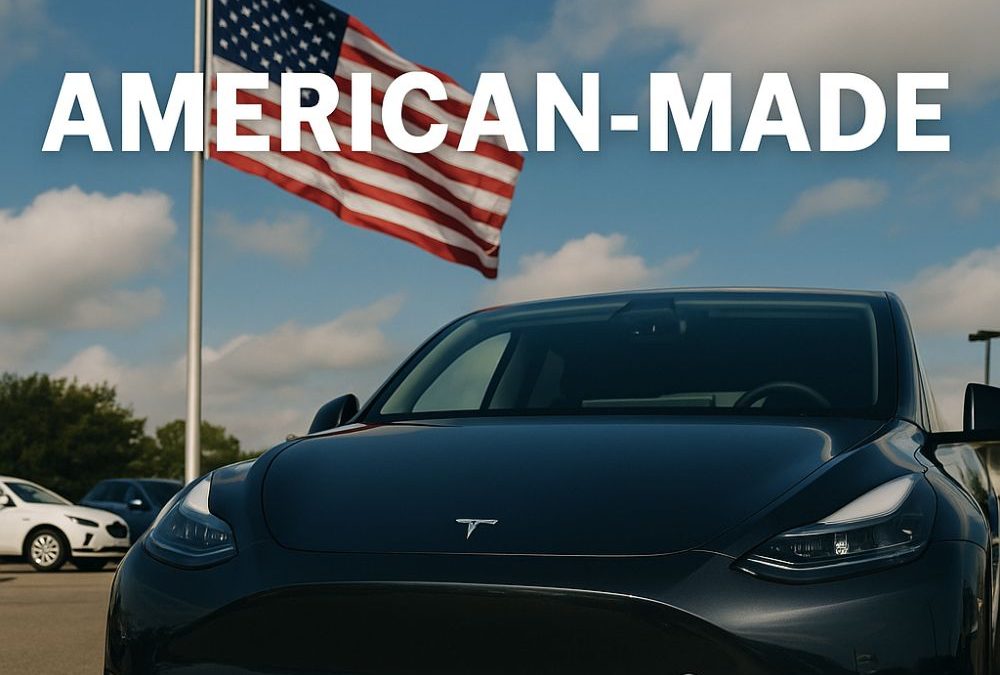The automotive industry has always been a dynamic arena of innovation, strategy shifts, and fierce competition. But few topics have stirred as much debate in recent years as the battle between electric vehicles (EVs) and internal combustion engine (ICE) cars. General Motors’ recent move — committing a massive $4 billion investment toward ICE production instead of purely EV expansion — has ignited fresh discussion. Is this a cautious pivot, a strategic hedge, or a signal that the EV revolution may be hitting a temporary ceiling?

The Rise of EVs: Tesla Leads the Charge
Tesla has been the poster child of the EV movement, dominating headlines and market share with sleek designs, impressive range, and a strong charging network. Their commitment to an all-electric future has forced traditional automakers to rethink priorities and hasten electrification plans.
Over the past decade, EV adoption has been bolstered by government incentives, growing environmental consciousness, and advancements in battery technology. Sales figures reflect this momentum: in 2023, EVs accounted for nearly 10% of global vehicle sales, a record high.
Yet, despite these gains, EVs still face significant hurdles: battery costs, range anxiety, limited charging infrastructure in certain regions, and higher upfront prices compared to ICE vehicles.
The Resilience of ICE: Why They’re Not Done Yet
While EV hype continues to grow, internal combustion engine vehicles remain the backbone of the global auto market. In 2024, ICE vehicles still accounted for approximately 80% of new car sales globally. They are cheaper to produce, enjoy mature refueling infrastructure, and appeal to buyers in markets where electrification is lagging.
Moreover, ICE cars have benefited from decades of optimization in performance, reliability, and affordability. With improvements in fuel efficiency and hybrid technologies, ICE vehicles continue to evolve, providing a compelling alternative to EVs — especially in areas where long-distance travel and refueling convenience are paramount.
GM’s $4 B Bet: A Strategic Hedging Move
GM’s recent $4 billion commitment to expand and modernize its ICE vehicle production facilities stands out at a time when most headlines focus on electrification. On the surface, this might appear to be a step backward, but a closer look reveals a nuanced strategy.
Why invest in ICE now?
- Market Demand Stability: Despite EV growth, ICE vehicles still enjoy strong global demand, especially in North America and parts of Asia.
- Profit Margins: Many of GM’s most profitable models — like full-size trucks and SUVs — are ICE-based. Maintaining production capacity ensures continued cash flow.
- Supply Chain Flexibility: Investing in ICE manufacturing allows GM to adapt to shifting consumer preferences and global economic fluctuations more nimbly.
- Regulatory Uncertainty: Some regions are backtracking on aggressive EV mandates due to infrastructure challenges and public pushback, signaling that ICE may have a longer runway than expected.
Tesla’s All-In Approach vs. GM’s Balanced Strategy
Tesla has doubled down on a pure EV future, investing heavily in battery plants, gigafactories, and software ecosystems. Elon Musk has consistently argued that EVs will inevitably dominate, citing environmental and long-term cost advantages.
On the other hand, GM’s strategy appears more cautious and diversified. By maintaining strong ICE production capabilities alongside EV investments (like its Ultium battery platform), GM can capture both markets and reduce risks tied to one-sided bets.
This divergence highlights a larger philosophical divide in the auto industry: go all-in on future tech now, or transition gradually while maintaining existing revenue streams?
What Does This Mean for Car Buyers?
For car shoppers, GM’s move could signal a more balanced marketplace in the coming years. Here’s what this could look like:
- More Choice: Consumers will likely continue to see a wide array of ICE, hybrid, and EV options rather than a sudden shift to all-electric lineups.
- Price Stability: ICE vehicle production continuity can help avoid price hikes that might arise if EV demand outpaces supply or if battery costs spike.
- Resale Value Considerations: As ICE vehicles stay relevant longer, their resale values may remain stronger than previously forecasted.
Environmental Implications
Environmental advocates have criticized GM’s move as slowing down the transition to zero-emission vehicles. While the global shift to EVs remains critical to achieving climate targets, the reality is that a balanced approach may provide a more stable transition without alienating millions of drivers not ready or able to adopt EVs immediately.
The Road Ahead
GM’s $4 billion bet doesn’t represent a retreat from electrification — it’s a recognition of today’s complex market realities. While Tesla’s vision of an all-EV future is inspiring, a mixed strategy like GM’s could resonate more with mainstream consumers for now.
As automakers navigate tightening emissions regulations, technological innovation, and shifting consumer demands, one thing is clear: both ICE and EVs will share the road for the foreseeable future.
Check Your Next Car Before You Buy
Whether you’re shopping for a new EV or a reliable ICE truck, always research a vehicle’s history. VinCheckPro.com offers 100% free vehicle history reports using your VIN or license plate number — helping you make safer, smarter buying decisions.


